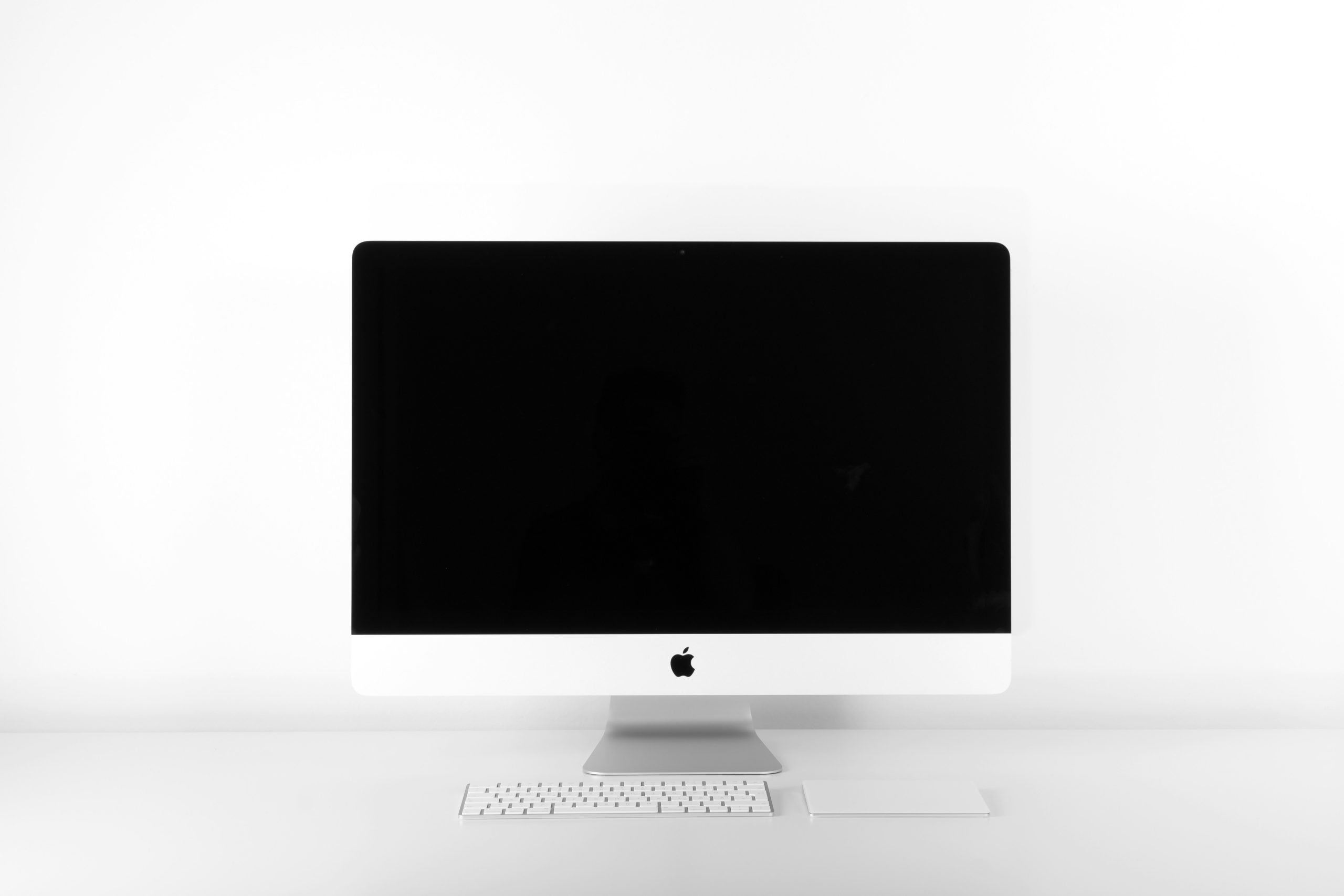By clearing app caches, you can free up valuable macOS storage space and resolve certain device issues. Although temporary cache files are usually created by the system or the user, they can grow quite large over time and can cause problems if left on the computer’s hard drive.
There are several ways to delete cache files, some of which involve manual intervention, while others use automated tools designed specifically for this purpose.
What are cache files?
It is important to understand what cache files are and how they are created. Cache files contain temporary data generated by applications while they are running on your Mac. Some applications may store locally generated files as part of their normal operation, while others download and cache data for future use.
For example, when streaming music from a service like Spotify, each audio entity is downloaded and cached until it is deleted or until the application is restarted.
In the event that the application terminates unexpectedly, the algorithms in the software designed to clean the cache files do not get a chance to run, leaving unidentified data on the disk.
When does an app create its own cache?
Some applications can consume several gigabytes of space in cache files (such as video streaming or downloads). That’s why it’s beneficial to use a Mac cleanup tool that automatically finds and deletes cached data files. It’s an approach that’s especially useful for users who rarely quit apps or restart their Mac, as cache files will accumulate over time.
Restarting your Mac can clear some cache files as part of the shutdown and restart process, but when the operating system encounters cache files that it’s not entirely sure can be deleted, it’s an error and leaves them in place.
Therefore, cache files not only start to take up disk space, but macOS is constantly indexing all files to provide better search results when users are looking for a specific item. Search results may become less accurate over time because irrelevant data has the same credibility in the macOS search database as “real” user files and folders.
How can you manually clear cache files?
Manually clearing an application’s cache can be done by going to the Library folder in the Finder’s Go menu item (or using SHIFT+APPLE+L), selecting the cache from the directory list, and deleting the files inside. However, this process can be quite time-consuming and it is easy to accidentally delete important files that are in active use. To avoid this problem, many Mac users prefer to use an automatic tool to clear the cache for them.
Use a Mac cleanup tool
Using a Mac cleanup tool offers several advantages over manual intervention. It saves time and ensures that only cached data that has not been accessed for a certain period of time will be deleted. Cache files that are not visited by any software on the Mac are more likely to be “orphaned” and therefore can usually be safely deleted.
This approach reduces the risk of accidentally removing important files and provides users with a simpler process.
Think of an automatic cache cleaner as a handy technical expert who will know (better than most users) which cache files are safe to delete and which should stay put. Although manually deleting cache files won’t permanently damage your Mac, you may experience unexpected results if important caches are deleted. Of course, the software can be easily reinstalled, but if you have to, it will significantly interrupt your workflow.
